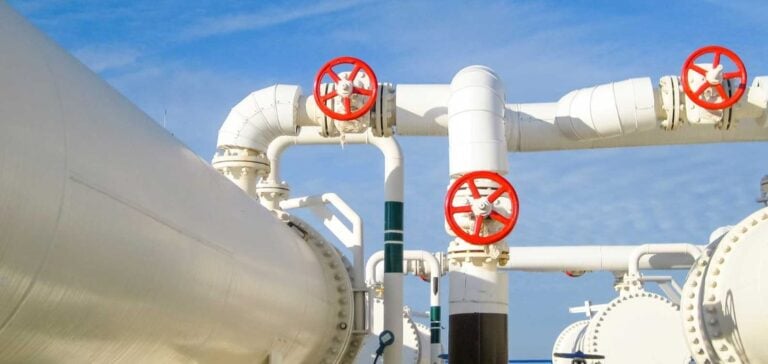Germany, Italy and Austria have signed a declaration of intent to develop a green hydrogen import corridor, an ambitious project designed to secure energy supplies and support the transition to clean energy. The corridor, dubbed the “Southern Hydrogen Corridor”, will link North Africa to Southern Europe and beyond, via Italy, Austria and Germany.
The 3,300 km-long corridor is designed to supply green hydrogen to the three countries’ major industrial hubs. This project represents a significant step forward in sustainable energy cooperation in Europe, and should be operational by 2030. The German Ministry for Economic Affairs and Climate Protection (BMWK) has stressed the importance of this corridor for the southern regions of Germany, where industry is particularly concentrated.
A major European project
The development of a European hydrogen market is crucial to accelerating the energy transition and reducing CO2 emissions in sectors that are difficult to decarbonize, such as the steel and chemical industries. According to German Economics Minister Robert Habeck, an interconnected European hydrogen network will make a significant contribution to Germany’s energy security. The Southern Hydrogen Corridor is one of five major hydrogen import corridors currently planned in Europe. Green hydrogen, produced by electrolysis of water from renewable energies, will play a key role in the decarbonization of heavy industrial sectors. Europe, which will not be able to meet all its demand for green hydrogen from local production, will have to import this fuel from regions of the world with greater potential for renewable energy production, such as Africa, Australia and South America.
A Trilateral Partnership for Energy Security
The hydrogen corridor will enable renewable hydrogen to be imported from North Africa via southern Italy and connected to the main demand centres in Italy, Austria and Germany. This initiative is part of the European Union’s strategy to produce and import 10 million tonnes of green hydrogen by 2030 to replace fossil fuels. A group of companies, including Italian gas network operator Snam, has joined forces to build the SoutH2 pipeline by the beginning of the next decade, with a financial commitment of over 4 billion euros. According to Minister Habeck, the corridor will play a crucial role in supplying the southern German Länder with green hydrogen.
Prospects and challenges
The creation of the Hydrogen Corridor South is a significant step towards an integrated European hydrogen market. This project aims to improve the energy security of the main industrial clusters in the participating countries, while supporting the European Union’s climate objectives. A trilateral working group has been set up to bring together relevant stakeholders, including transport system operators, national regulatory authorities, financial authorities and potential hydrogen buyers and producers.
At the heart of this initiative is the recognition of the need for a European transition to hydrogen technologies, in particular to decarbonize sectors where it is difficult to reduce CO2 emissions. The SoutH2 corridor is one of five major hydrogen import pipelines that will facilitate the import of 10 million tonnes of renewable hydrogen by 2030. Its development will be a cornerstone of Europe’s green energy landscape, paving the way for a cleaner, safer future.






















